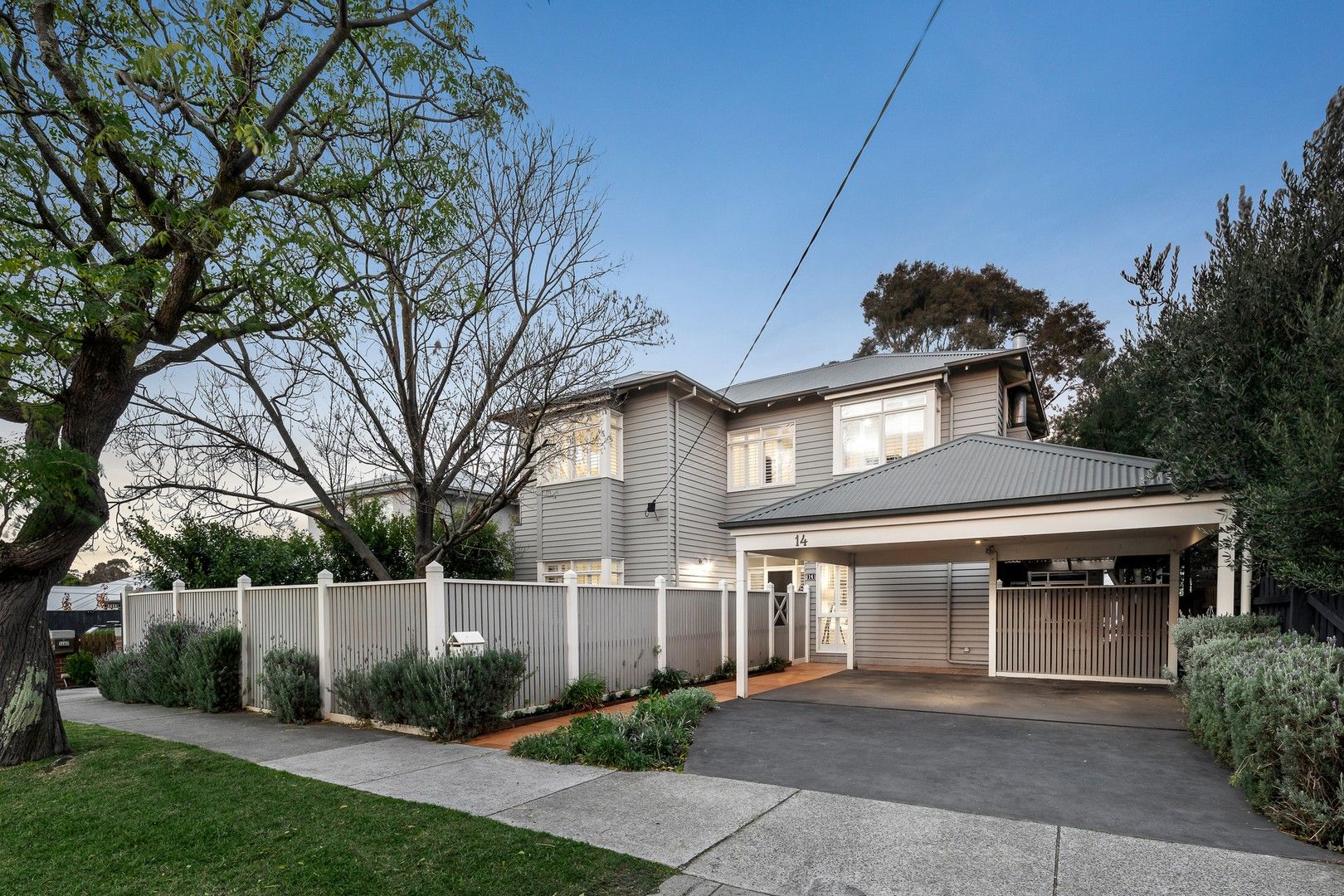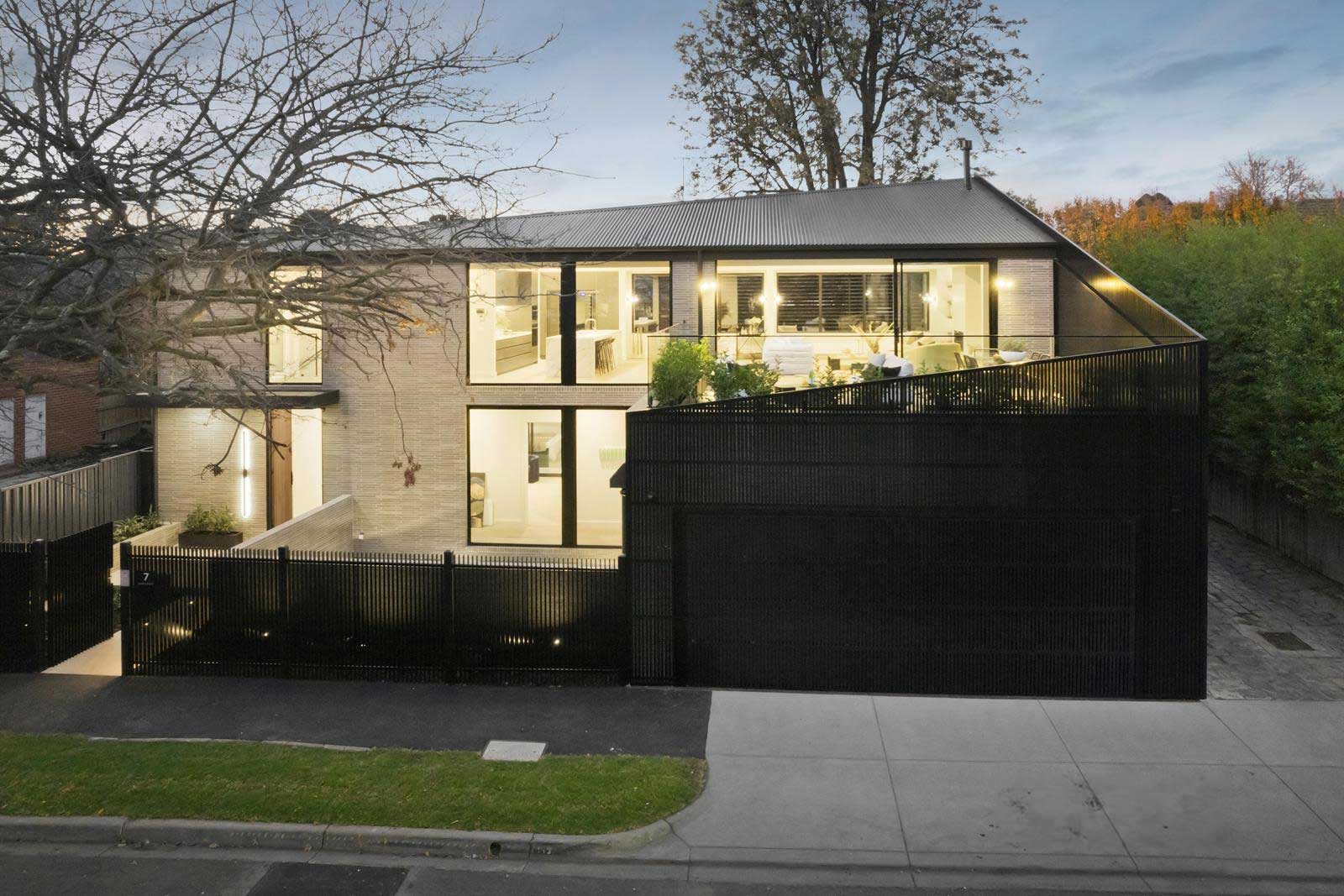
Several factors influenced the Melbourne real estate market this quarter as economic indicators, such as employment rates and consumer confidence, played a significant role in shaping buyer behaviour and market sentiment. Rising living expenses, mortgage commitments, and reduced borrowing capabilities prompted many to pause and re-evaluate. Additionally, changes in government policies, particularly housing affordability measures and tax incentives, impacted demand patterns and investment decisions.
This understandably tentative but surprisingly resilient market has come off the back of a highly complex and irregular period, following the 24.5% surge in home values witnessed in 2021. 2022 brought with it a course correction with a national decline of 4.9%, before increasing by 8.1% this year, despite a threefold increase in interest rates over the past 18 months.
In line with the November rate hikes, the market was noticeably impacted with monthly and quarterly declines of -0.3% and -0.2% respectively. Both buyers and sellers closely monitored these developments, anticipating continued unpredictability and volatility.
Capital growth tapered off gradually the second half of the year, and the average final clearance rate was down from 62.5% to 58.9%, though still up from the 55.1% average recorded in the same period of 2022.
The inner north east Melbourne real estate market, while showing pockets of growth, was overall a reflection of this larger market. Clearance rates at auction averaged around 65%, kept down by agents aiming to auction all their stock to shorten days on market. This proved a flawed option, as properties were passed in, extending time on market and ultimately achieving lower prices for vendors. As it became clear that interest rates would calm, cautious optimism grew, prompting promise for the season ahead. As Julia Murphy from McDonald Upton Real Estate said, “Competitive auctions have come back, and interestingly, good results were gained in apartments due to tenants buying. Some open homes saw numbers in excess of 35 groups. Buyer confidence is building.”
- Darebin
- Banyule
- Yarra
Looking Ahead
This quarter, the inner north east Melbourne real estate market was a clear reflection of many complex and uncontrollable factors, including supply-demand dynamics, economic instability, and government policies. As a result, potential buyers are likely to carry forward a hesitancy to commit to higher expenses to secure a property. With the rise in the cost of living and mortgage repayments dampening the urgency to relocate, buyers are more selective, moving only for properties that meet their criteria at the right price point. This cautious approach is expected to deepen, especially considering the possibility of a decline in interest rates by mid-2024.
The demand for properties looks to be shifting towards units, with expectations of higher growth in this sector. Buyers are becoming less inclined to move away from their established areas, preferring to downsize to units or townhouses in order to remain within their desired location.
While challenges around interest rates and fears of financial volatility persist, it is key that those wanting to succeed in this market stay informed, adapt to trends, and do their due diligence so they are ready and able to leverage opportunities.
Get in touch with Nuno to find out more about the Inner North/Inner East market, or make an appointment to discuss your requirements and see how we can help you get into your ideal home sooner.
Read more about Nuno Raimundo-
 Kingston – Winter 2024 Market ReviewRead Article
Kingston – Winter 2024 Market ReviewRead Article -
 Boroondara – Winter 2024 Market UpdateRead Article
Boroondara – Winter 2024 Market UpdateRead Article -
 Melbourne Inner North – Winter 2024 UpdateRead Article
Melbourne Inner North – Winter 2024 UpdateRead Article -
 Melbourne Inner West / North – Winter 2024 UpdateRead Article
Melbourne Inner West / North – Winter 2024 UpdateRead Article -
 Stonnington – Winter 2024 Market UpdateRead Article
Stonnington – Winter 2024 Market UpdateRead Article -
 The History of Merri-bekRead Article
The History of Merri-bekRead Article
The first step in your property journey, whether it be buying or selling, is gaining clarity on your situation.




